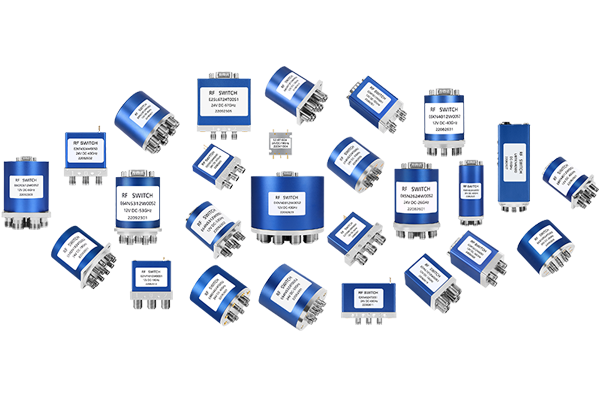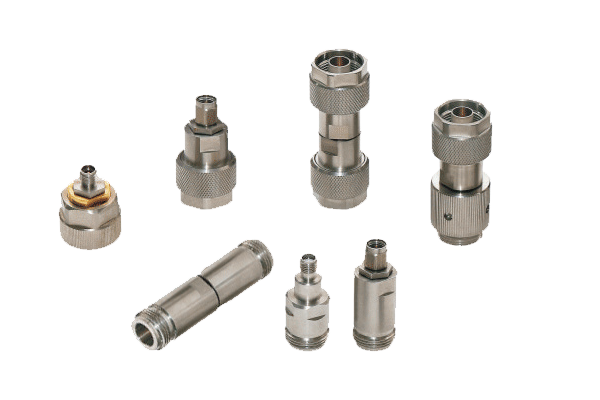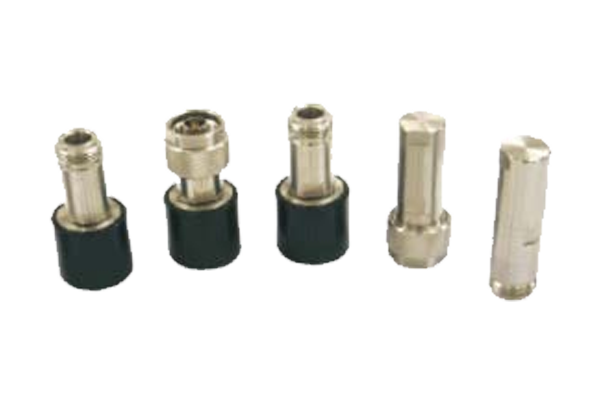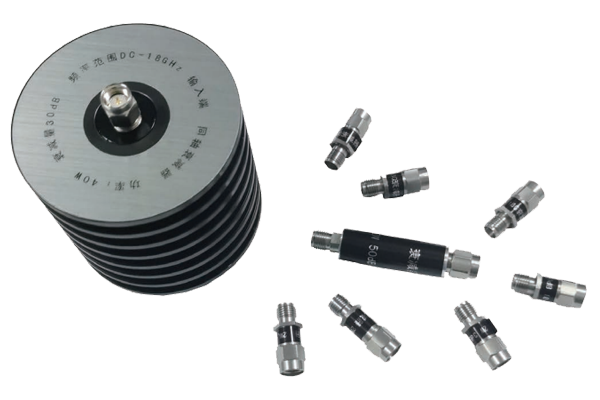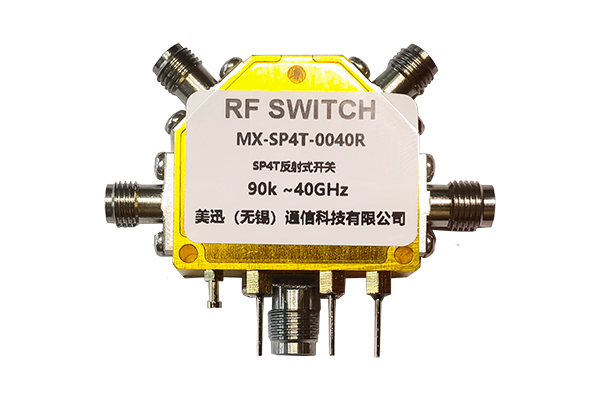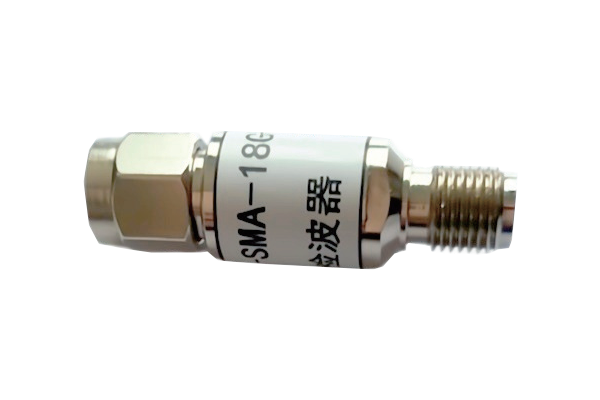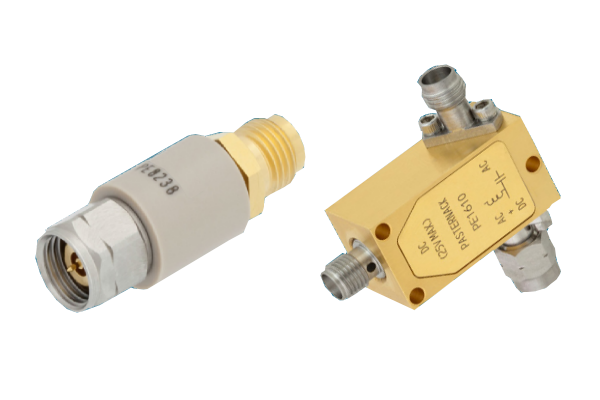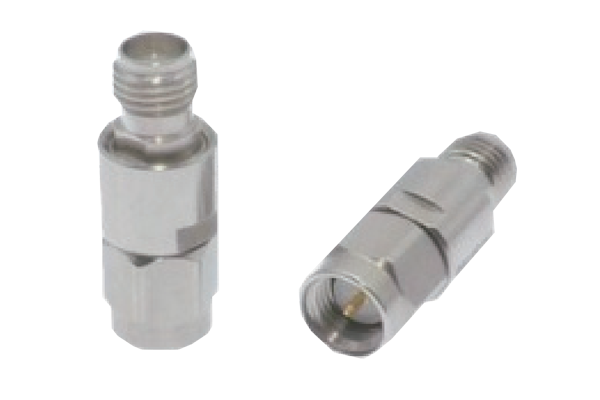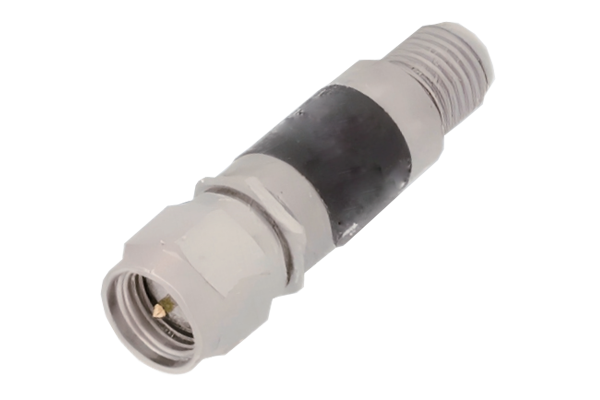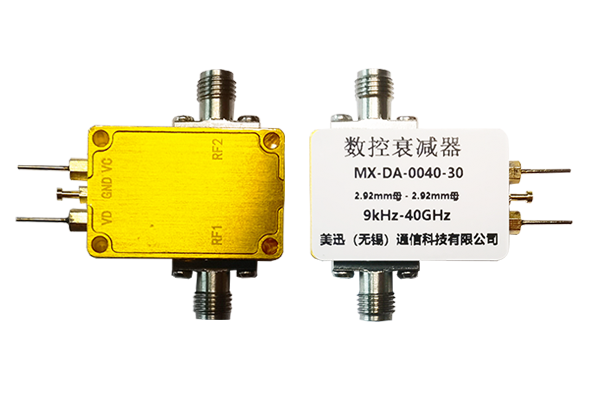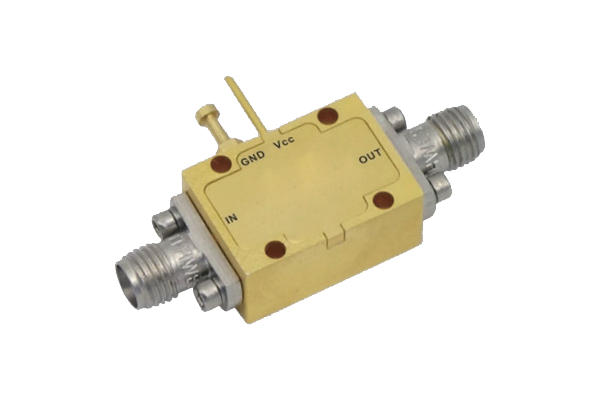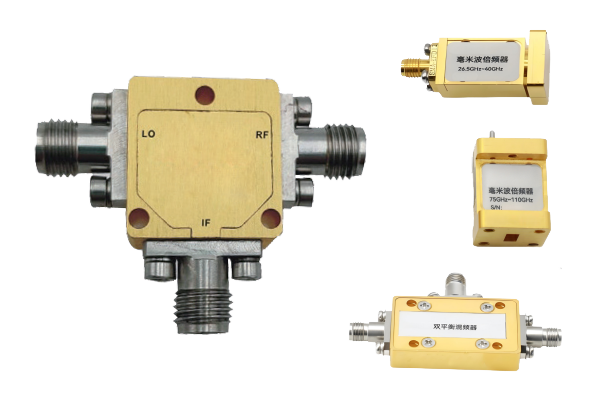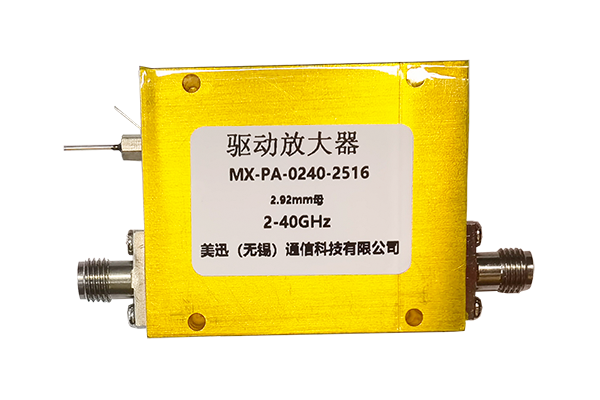How to Improve RF Low-Noise Amplifier Reliability
RF Low-Noise Amplifier Technical Specifications
Comprehensive quality assurance and reliability enhancement measures for high-performance RF low-noise amplifiers
1. Strict Component Selection and Quality Control
- Improving the reliability of RF low-noise amplifiers starts with core components.
- Prioritize semiconductor devices with long-term market validation and strong stability.
- Avoid using low-quality components with large performance fluctuations.
- Select component grades appropriate for the environmental requirements.
- Implement rigorous component screening process to eliminate products with parameter drift.
2. Circuit Protection and Structural Optimization
- Multiple protection mechanisms incorporated into the circuit design.
- Filtering and voltage regulation circuits added to power input.
- Overcurrent and overvoltage protection modules to prevent damage from abnormal signals.
- ESD protection at input and output ports.
- Optimized circuit layout and mechanical structure for enhanced durability.
3. Environmental Adaptability Optimization
- Enhanced adaptability for various environments.
- Efficient heat dissipation structure with highly thermally conductive materials.
- Sealed packaging and anti-corrosion treatment for humid or dusty environments.
- Electromagnetic shielding to isolate external interference signals.
- Reduced impact of environmental noise on amplifier performance.
4. Comprehensive Testing and Verification
- Comprehensive testing and burn-in verification before shipment.
- Long-term operation in high-temperature and high-humidity environments.
- Mechanical tests such as vibration and shock to verify structural reliability.
- Performance tests simulating actual application scenarios.
- Rigorous testing and burn-in screening to eliminate potential hazards.



